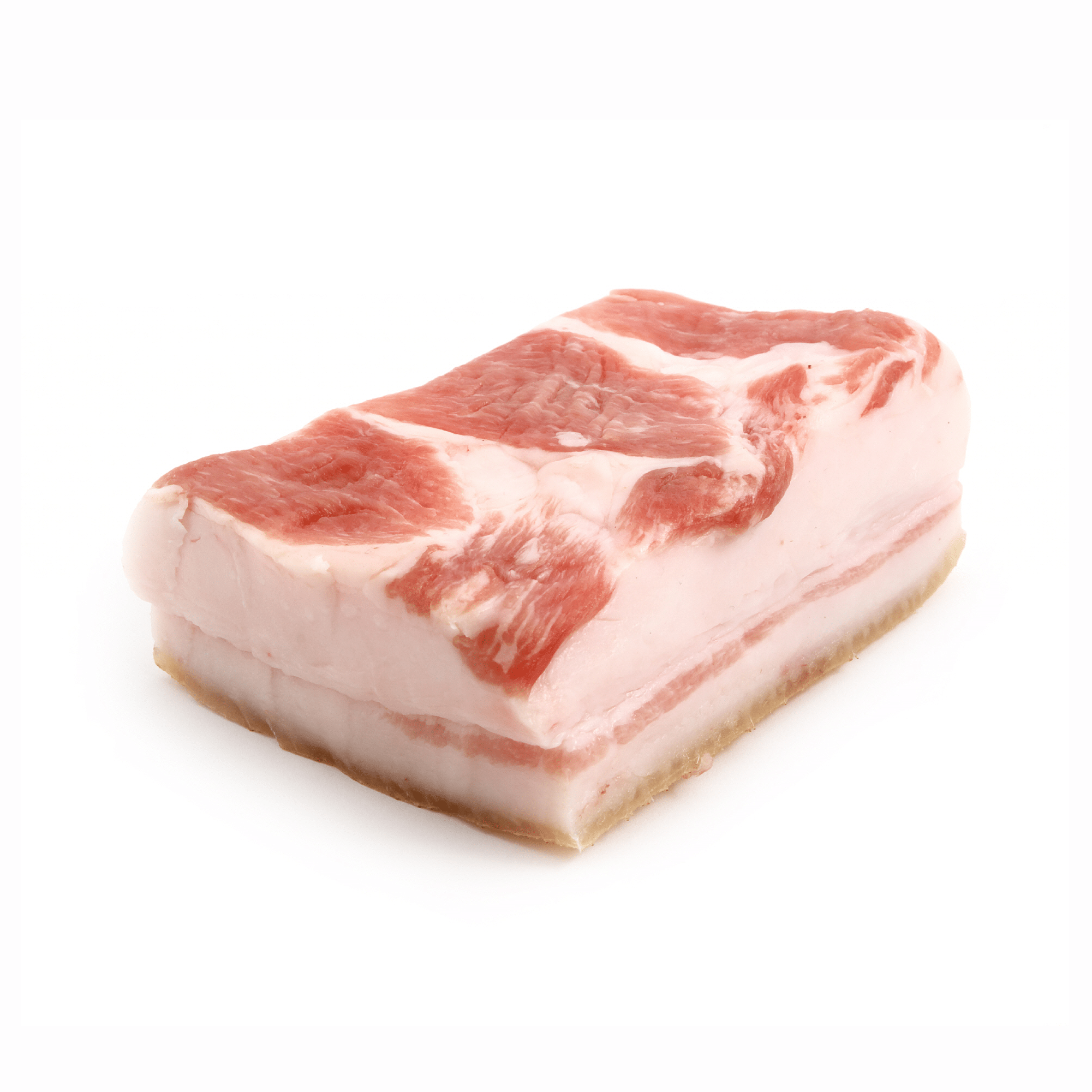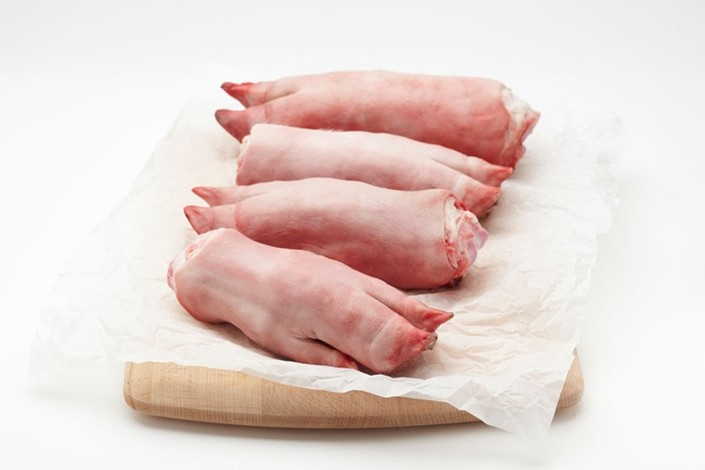Premium Frozen Pork Flare Fat for Sale: Buy Quality Pork Fat Online, Whether you are a chef, a food manufacturer, or a home cook, understanding the benefits and uses of pork flare fat can enhance your culinary creations.
What is Pork Flare Fat?
Pork flare fat, also known as leaf lard, is the fat found around the kidneys and loin of a pig. It is considered one of the highest quality fats available due to its smooth texture and mild flavor. Unlike regular pork fat, flare fat is softer and more pliable, making it ideal for a range of culinary applications.
Benefits of Pork Flare Fat
- Flavor Enhancer: Pork flare fat has a mild, clean flavor that enhances the taste of dishes without overpowering them.
- Versatile: It can be used in baking, frying, sautéing, and as an ingredient in sausages and pâtés.
- Nutrient-Rich: Contains essential fatty acids and fat-soluble vitamins such as A, D, E, and K.
- Economical: Using pork flare fat can be a cost-effective way to add richness to your dishes compared to other fats and oils.
- Long Shelf Life: When frozen, pork flare fat can be stored for extended periods without losing its quality.
Processing and Storage
Processing pork flare fat involves rendering it to remove impurities and create a smooth, usable product. Here are the steps:
- Cleaning: The fat is trimmed and cleaned to remove any remaining meat or connective tissue.
- Chopping: It is then chopped into smaller pieces to facilitate even rendering.
- Rendering: The fat is slowly heated until it melts, and the impurities settle to the bottom or float to the top. The clear liquid fat is then strained and cooled.
- Packaging: Once rendered, the fat is packaged and frozen to preserve its quality.
Storage Tips
- Freezing: Store pork flare fat in airtight containers or vacuum-sealed bags to prevent freezer burn.
- Labeling: Label the containers with the date of freezing to keep track of its shelf life.
- Portioning: Freeze in smaller portions to use only what you need without thawing the entire batch.
Culinary Uses of Pork Flare Fat
- Baking: Use pork flare fat in pie crusts, biscuits, and pastries for a flaky and tender texture.
- Frying: Ideal for frying foods to a crispy perfection, adding a unique flavor profile.
- Sautéing: Adds richness to sautéed vegetables, meats, and seafood.
- Sausages and Pâtés: Incorporate into homemade sausages and pâtés for a smoother texture and enhanced flavor.
- Flavor Base: Use as a base for soups, stews, and sauces to deepen the flavor.
Where to Buy Frozen Pork Flare Fat
Frozen pork flare fat is available from various suppliers, both online and in physical stores. Here are a few tips for finding high-quality pork flare fat:
- Local Butchers: Check with local butchers who may render their own pork flare fat.
- Online Retailers: Many online retailers specialize in high-quality meat products and offer frozen pork flare fat.
- Farmers’ Markets: Some farmers’ markets feature vendors who sell pork products directly from local farms.
Is pork lard the same as pork fat?
Pork lard and pork fat are related but not exactly the same. Here’s a breakdown of the differences:
Pork Fat
“Pork fat” refers to the raw, unrendered fat found in various parts of the pig. There are several types of pork fat, each with different characteristics:
- Back Fat: The thick layer of fat located along the back of the pig, often used for rendering lard or for adding fat to lean cuts of meat.
- Leaf Lard: The fat surrounding the kidneys and loin, considered the highest quality pork fat due to its mild flavor and smooth texture. Leaf lard is often used in baking for pastries and pie crusts.
- Fatback: Similar to back fat but typically includes some meat, used in making sausages or added to lean cuts to improve juiciness and flavor.
Pork Lard
“Pork lard” refers to the rendered fat from a pig. Rendering is the process of slowly heating the fat to melt it and separate it from the connective tissues and impurities. The result is a smooth, semi-solid white fat that is used for cooking. Lard can be made from various types of pork fat but is most commonly made from back fat or leaf lard.
Key Differences
- State:
- Pork Fat: Raw, unprocessed fat.
- Pork Lard: Rendered, processed fat.
- Usage:
- Pork Fat: Can be used as is for adding to dishes or for rendering into lard.
- Pork Lard: Ready to use as a cooking fat, ideal for frying, baking, and sautéing.
- Texture and Flavor:
- Pork Fat: Firm and may contain connective tissues and some meat.
- Pork Lard: Smooth, creamy, and free from impurities.
Call to Action
If you are interested in purchasing high-quality frozen pork flare fat, check out our online store



